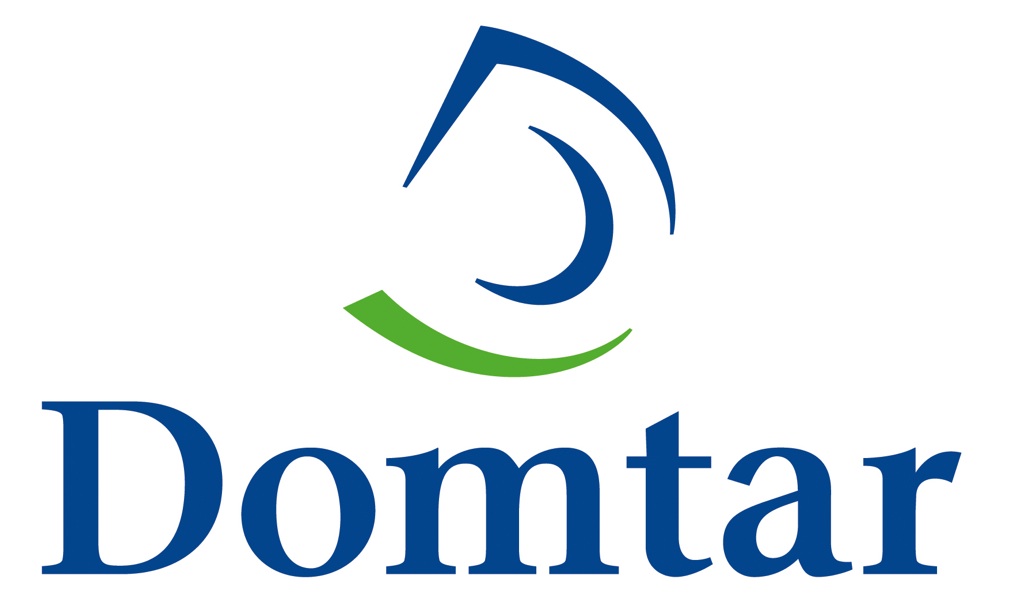Three Ways to Protect Our Precious Forests
As many as 58,000 square miles of forest are lost each year – the equivalent of one football field every two seconds.
Three Ways to Protect Our Precious Forests
This content originally appeared on the Guardian.
Forest certification emphasizes qualitative factors like water cleanliness, which is crucial for a forest to support plants and wildlife.
Forests make up nearly one-third of the land area on our planet. They provide a wide range of benefits, including food, water and animal habitat. Forests are also essential to mitigating climate change, because they soak up carbon dioxide that would otherwise be left in the atmosphere.
But today, the world’s forests are being threatened as the demand for agriculture, beef and development grows. As many as 58,000 square miles of forest are lost each year – the equivalent of one football field every two seconds. This has big implications for the world’s climate as fallen trees release all of their stored carbon back into the air.
What can be done?
Governments, businesses and other organisations are beginning to recognise the role that forests play in larger climate issues, but there is a lack of agreement around what the best strategy is to protect them. Three of the main solutions are zero deforestation, zero net deforestation and third-party certification.
1. Zero deforestation
Some companies have enacted complete bans on the harvesting of natural forests. This pledge is commonly referred to as “zero deforestation”. Many organisations have also set goals to achieve zero deforestation at a certain point in the future.
What’s good: this approach is an important first step in parts of the world where deforestation has been especially severe, such as Indonesia and Brazil. In these areas, there is dire need to stop additional destruction of natural forest in the short term.
What it lacks: when taken alone, a zero deforestation pledge primarily accounts for the quantity of forestland, but not its quality. It can also be hard to achieve in practice, because it doesn’t allow organisations to meet demand for products.
2. Zero net deforestation
This approach requires that, if cut down, natural forests must either be replaced with new tree plantations or be allowed to grow back naturally over time, so the total loss is zero.
What’s good: zero net deforestation allows for more flexibility, offering the option of offsetting logging with replanting. For many companies, this is more realistic than a complete ban.
What it lacks: zero net deforestation too often discounts the unique biodiversity of natural forests, as compared to plantations – which often grow only a single type of tree species. And when natural forests are converted to plantations, carbon dioxide can still be released into the atmosphere.
3. Forest certification
Third-party certification, such as that provided by the Forest Stewardship Council (FSC), involves a robust set of guidelines to ensure that forests are being managed and harvested responsibly, so they can last for years to come. It also requires annual audits to ensure that forests are compliant.
What’s good: FSC certification is widely considered the gold standard by credible NGOs, such as the Rainforest Alliance. It is a holistic approach that allows forests to remain healthy while also creating a premium market for responsibly produced forest products. FSC accounts for a wide variety of factors, including indigenous peoples’ rights, hazardous chemicals, water quality, the protection of animal habitat and more.
What it lacks: in areas where forests are being rapidly destroyed, third-party certification might not be a realistic goal in the immediate term, because its rules are so comprehensive. Therefore, it should be seen as a long-term goal for certain at-risk regions.
Looking toward the future
It’s clear that protecting forests is a complicated issue, and the best approach varies based on the region and the state of the forestland there. Despite the challenges, companies like Domtar are leading the way in demonstrating that third-party certification, and FSC in particular, is a viable long-term approach. You can read more in Domtar’s white paper, The Future of Our Forests [PDF].

